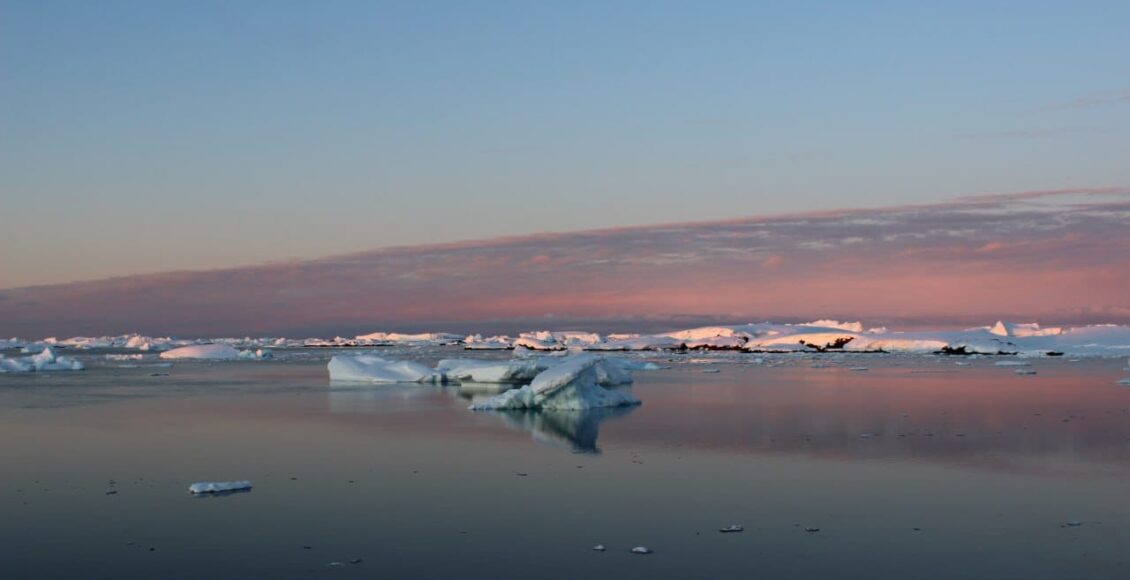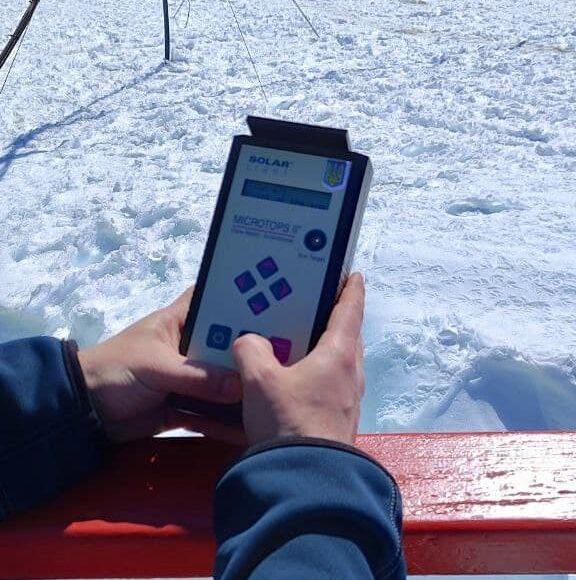
Ukrainian polar explorers at the Akademik Vernadsky Antarctic station showed photos of “white nights” because it is late spring and very long days there. This was reported by the National Antarctic Research Center.
For example, on November 22, the sun rose there at 03:18 and set at 22:50. Daylight hours are 19 hours and 32 minutes and are increasing.
The longest day at the station will be December 21, which is the summer solstice in the Southern Hemisphere. This day will last 22 hours and 24 minutes, and instead of night, it will be just twilight for an hour and a half.
Since Akademik Vernadsky station is located north of the Arctic Circle, the phenomenon of the aurora borealis, the period when the sun does not set over the horizon for more than a day, is not observed there. For comparison, at the South Pole, the length of the polar day is 184 days.
How polar explorers at the Akademik Vernadsky station live during “white nights”
“At night, we have to close the windows and celebrate the New Year in the daylight. But after the Antarctic winter, the sun and bright daytime landscapes definitely improve the mood.”
National Antarctic Research Center
The long daylight hours add to the work of meteorologists, especially when the sky is clear. Then they use the Microtops aerosol solar photometer to measure hourly aerosol concentrations in the atmosphere.
This allows researchers to find out changes in the amount of suspended particles in the atmosphere during the day, week, and month. This data is then used to develop climate models not only for the polar regions, but for the entire planet.
In the summer, when the weather is favorable, the ozonometrists are in full swing. When the sky is clear, ozone measurements are carried out so often that the scientist hardly ever leaves the ozone office.
If there are no clouds either at sunset or sunrise, the ozonometrist conducts special Umker measurements, which allow to build a vertical profile of ozone distribution in the atmosphere.
- “So sunny weather and long days bring not only joy to the polar explorers, but also a lot of work. But the scientists admit that it is always a joy too.”
National Antarctic Research Center






